1. Parents Lived in Fear Every Summer
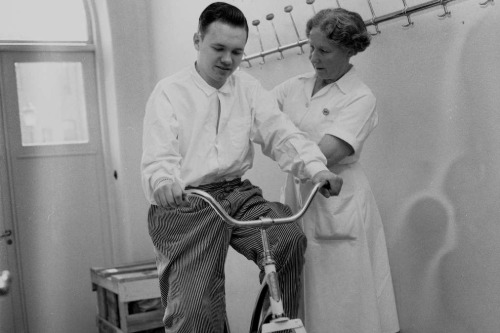
Polio outbreaks tended to peak in the summer, turning what should have been a season of fun into a time of anxiety, Jason Beaubien from NPR explains. Parents worried constantly about their children catching the disease, especially since it seemed to strike randomly. Many families kept their kids away from pools, movie theaters, and even playgrounds, fearing the virus lurked in crowded spaces. The unpredictability of polio made it one of the most terrifying health threats of the decade.
It wasn’t just paranoia—thousands of children were paralyzed or died from polio each year. Communities took drastic measures, sometimes closing public spaces in hopes of slowing the spread. Newspapers regularly published polio case numbers, making it impossible to ignore. For many parents, the fear of polio was as much a part of summer as the heat itself.
2. Iron Lungs Were a Common Sight in Hospitals
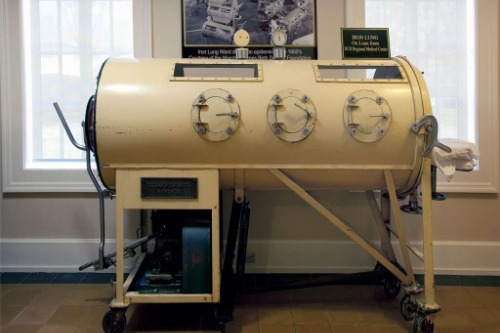
If polio paralyzed a child’s chest muscles, breathing became impossible without mechanical help. The solution was the iron lung, a massive, coffin-like machine that used air pressure to force the lungs to expand and contract, Mia Taylor from the BBC explains. Rows of iron lungs lined polio wards, filled with children who could do little more than turn their heads. The sight of these machines became a haunting symbol of the disease.
Patients often spent weeks, months, or even years trapped inside an iron lung, relying on nurses and family members for their every need. Some children learned to read and even do schoolwork from inside the machine. While it kept them alive, it was a lonely and terrifying experience. The invention of smaller, more portable ventilators later helped some patients regain a sense of normalcy.
3. Kids Wore Leg Braces After Recovery
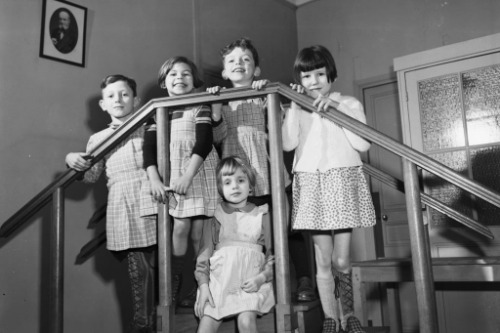
For those lucky enough to survive polio, paralysis was often a lasting consequence. Many children lost the ability to walk properly, requiring heavy metal leg braces to support weakened muscles, according to Michael E. Ruane from The Washington Post. These braces, strapped over leather shoes, made walking stiff and awkward but were a sign of survival. Kids with braces stood out, often facing stares and questions from others.
Physical therapy became a lifelong routine for many polio survivors. Some gradually regained strength, while others had permanent disabilities. Despite the challenges, children with polio worked hard to stay active, determined not to let the disease define them. Their resilience helped change perceptions of disability in America.
4. Quarantines Were a Harsh Reality
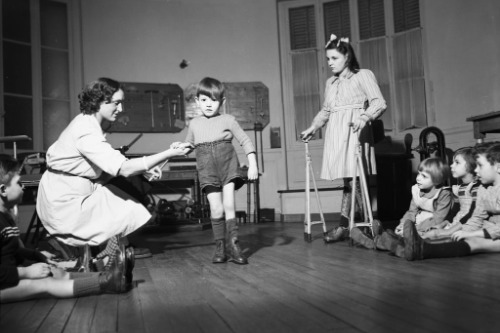
If someone in a family contracted polio, their entire household might be quarantined for weeks. Public health officials placed warning signs on doors, barring anyone from entering or leaving. This meant families had to rely on neighbors for groceries and essentials, often receiving deliveries at the doorstep. Schools and workplaces also enforced strict rules, sending children and workers home at the first sign of illness.
For kids, quarantine could feel like a lonely imprisonment, especially when they weren’t sick themselves. Friends were warned to stay away, and even mail was sometimes left outside to “air out.” Some towns took even more extreme measures, banning large gatherings altogether. While these precautions were meant to stop the spread, they added another layer of fear to daily life.
5. March of Dimes Became a Household Name
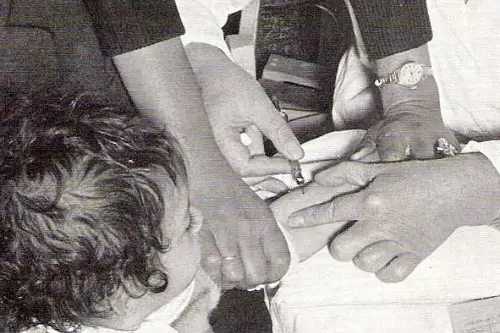
The March of Dimes played a huge role in the fight against polio, rallying the entire country to donate money for research, Olivia B. Waxman explains in TIME Magazine. Founded by President Franklin D. Roosevelt, himself a polio survivor, the organization urged Americans to send in small donations—literally dimes—to help find a cure. Families, schools, and businesses took part, collecting coins in jars and envelopes to support scientists. The campaign was so successful that it funded the development of the first polio vaccine.
For many kids, participating in March of Dimes fundraisers was a normal part of growing up. Schools held events, and radio stations encouraged listeners to send in their spare change. The idea that everyone could contribute, no matter how little, made the movement powerful. By the mid-1950s, those dimes helped bring polio to the brink of eradication.
6. Pools and Theaters Were Seen as Dangerous
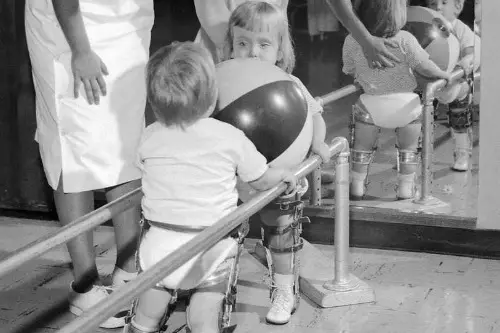
Public swimming pools, movie theaters, and amusement parks were once places of joy—but during polio outbreaks, they became sources of dread. Since no one knew exactly how polio spread, crowded spaces were assumed to be high-risk areas. Some cities closed pools during the summer, while others saw attendance drop sharply. Parents debated whether to let their kids go to the movies, fearing they’d pick up the virus from a shared seat.
Even birthday parties and church gatherings became questionable. Some families took extreme measures, keeping their children isolated for months at a time. The fear of polio turned public life into a minefield, where every interaction felt risky. Only after the vaccine became widely available did people start to feel safe again.
7. Doctors and Nurses Were Overwhelmed
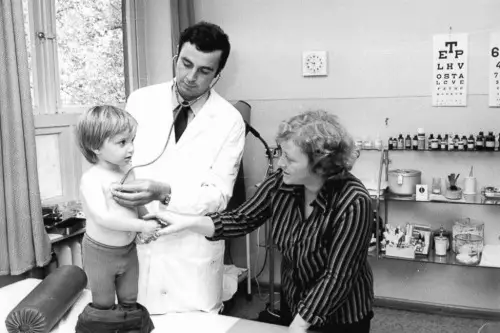
During peak polio seasons, hospitals were pushed to their limits, with overflowing wards and exhausted medical staff. Doctors and nurses worked around the clock, treating paralyzed children and trying to prevent the worst outcomes. Many hospitals lacked enough iron lungs, forcing desperate measures like rotating patients in and out to give them a chance to breathe. The emotional toll on healthcare workers was immense, as they watched young patients struggle, knowing there was no cure.
Some hospitals even set up temporary polio wards in school gyms or auditoriums to handle the influx. Parents often couldn’t visit their sick children due to quarantine restrictions, adding to the heartbreak. Nurses became surrogate family members, offering comfort and care in terrifying circumstances. The crisis pushed medical professionals to innovate, leading to better treatments and, eventually, the vaccine.
8. The Salk Vaccine Was a Game Changer
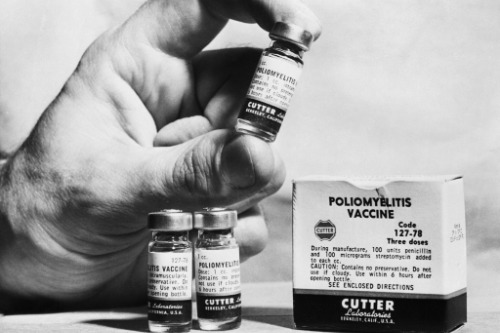
In 1955, Dr. Jonas Salk introduced a vaccine that would change everything. After years of research, his team proved that the vaccine could protect children from polio, turning the tide against the disease. The announcement was met with national celebration, with church bells ringing and people rejoicing in the streets. For the first time, there was real hope that polio could be defeated.
Parents lined up their children to receive the shots, eager to shield them from the disease that had haunted their lives. Mass vaccination campaigns swept across the country, with schools and clinics distributing the vaccine for free. Within a few years, polio cases plummeted, and the fear that had gripped America for decades began to fade. The vaccine was one of the greatest medical breakthroughs of the 20th century.
9. Sugar Cube Vaccines Made It Easier
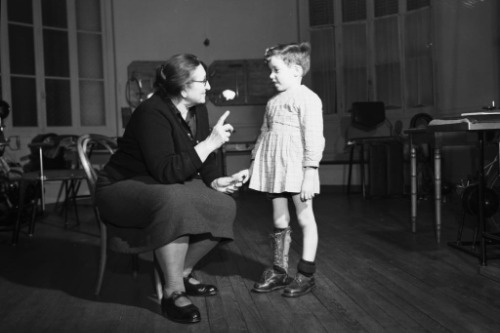
After the Salk vaccine came the Sabin vaccine, which was taken orally on a sugar cube. This made it much easier to distribute, especially to children who dreaded shots. The sweet-tasting dose felt more like a treat than a medical necessity, helping increase vaccination rates. Entire schools participated in mass vaccination days, with kids lining up for their turn.
The oral vaccine also had another advantage: it provided longer-lasting immunity than the original injection. By the 1960s, it became the preferred method, further pushing polio toward extinction. Parents who had once feared the disease now celebrated the ease of preventing it. The sugar cube vaccine became a symbol of victory over polio.
10. Polio Left Lasting Scars
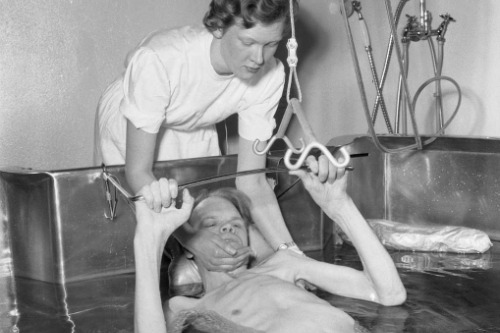
Even after the worst was over, polio left lifelong challenges for many survivors. Some developed post-polio syndrome decades later, experiencing fatigue and muscle weakness long after their initial illness. Others lived with disabilities that required constant medical care or adaptive devices. The impact of polio didn’t just disappear once the vaccine arrived.
Despite these struggles, many survivors became advocates for disability rights and medical research. Their experiences helped shape policies that made workplaces, schools, and public spaces more accessible. Polio survivors showed incredible resilience, proving that even in the face of hardship, life could go on. Their stories remain a powerful reminder of the importance of vaccination and medical progress.
11. Schools Played a Huge Role in Polio Prevention
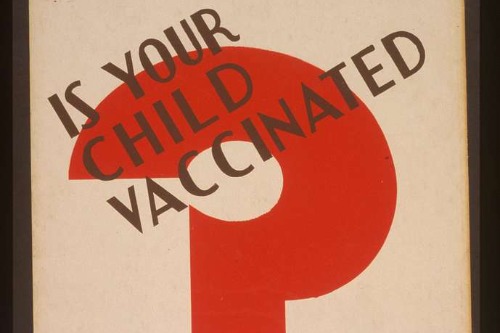
Because polio affected so many children, schools became central in the fight against the disease. Teachers educated students on hygiene practices, like washing hands and avoiding shared drinking fountains. When vaccines became available, many schools hosted mass vaccination days, lining kids up in gyms or auditoriums to receive their shots. These events were often treated as community-wide efforts, with parents, doctors, and teachers working together.
Before vaccines, some schools even closed temporarily during outbreaks to prevent the spread. Kids who fell ill were often out of school for months, and those with paralysis had to adjust to new physical challenges once they returned. Despite the fear surrounding polio, schools became places of hope and recovery. They helped spread awareness and ensured that an entire generation of children got vaccinated.
12. The End of Polio Changed Public Health Forever
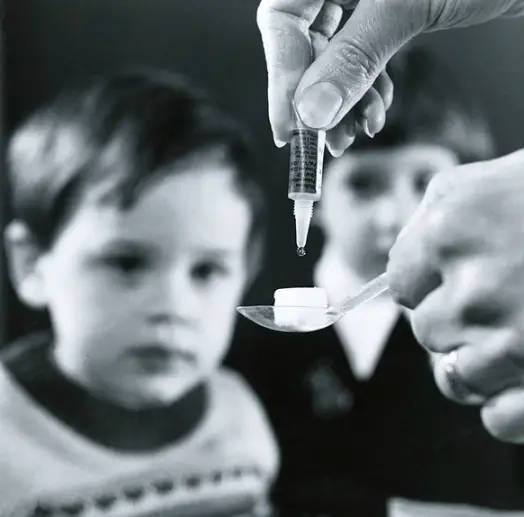
The near-eradication of polio in the U.S. became one of the greatest public health achievements of the 20th century. It proved that vaccines could not only control but virtually eliminate a devastating disease. The success of polio vaccination paved the way for future immunization programs, leading to widespread acceptance of childhood vaccines. It also taught scientists and doctors valuable lessons about disease prevention, shaping modern public health policies.
Though polio is now rare in the U.S., its legacy still lingers in the form of global eradication efforts. Countries around the world continue to vaccinate children to ensure the disease never returns. The fight against polio showed what was possible when science, government, and communities worked together. Today, thanks to those efforts, the nightmare of polio is mostly a thing of the past.


